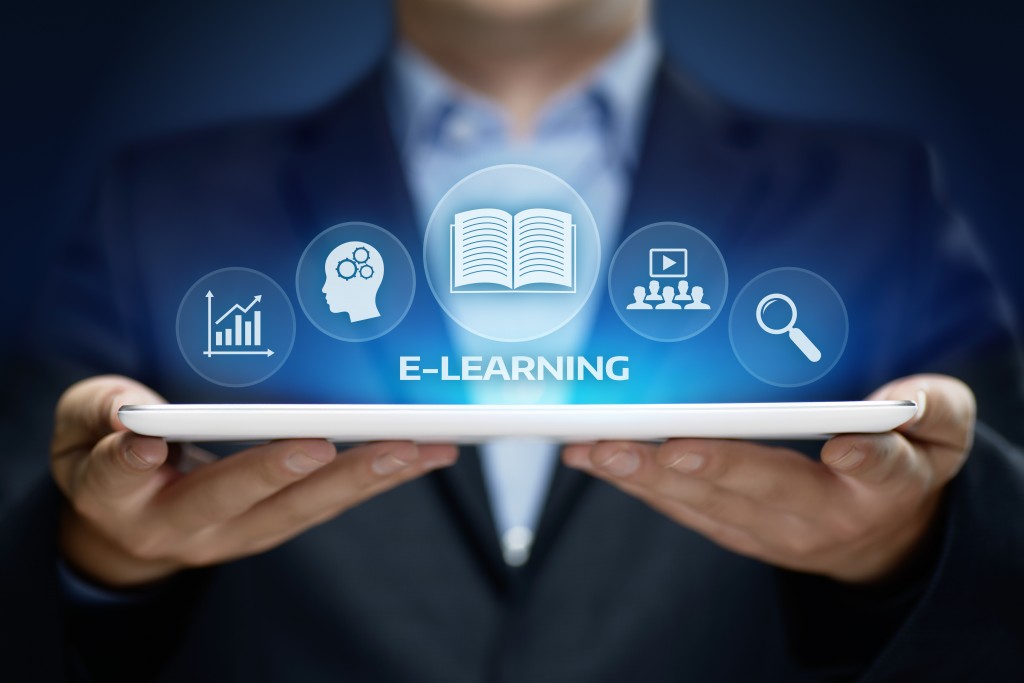In response to the increasing cases of COVID-19 in the United States, governors and lawmakers across the country have pushed for the closure of public schools statewide. At least 124,000 schools were affected. However, the debate still continues whether classes should stay online or whether schools should reopen soon.
As classes moved online, this remote setup further emphasized how the existing economic divide affects learning. Research has shown that achievement gaps occur between students in low-income households and those in medium- to high-income ones. These disparities, when combined with the economic consequences of COVID-19, can compound the gap and lead to a higher dropout rate. Reports reveal that there is a disproportionate number of students who lack access to broadband at home. As such, many school-aged children struggle to meet the demands of online instruction.
But it may not be easy to bring back in-person education when safety from the novel coronavirus is paramount. For public schools to resume classroom instruction without compromising health and safety, it is crucial to use the most advanced tools and techniques available.
Technology That Can Prepare Schools for Reopening
Using the latest innovations in technology to prepare schools for reopening has many benefits. By providing the technology they need in the classroom, the digital divide among students of various socioeconomic backgrounds can be reduced.
Technology can also improve learning experience, which can motivate students to achieve more in school. Furthermore, it can help enforce COVID-19 safety measures for everyone, teachers and students included. Here are a few examples:
Audio enhancements
In a society that operates six feet apart, it is imperative for classrooms to use top-tier sound systems. This is to ensure that students, even when practicing physical distancing, can still hear their teacher clearly. After all, listening is one of the primary ways children learn at school.
Studies show that the use of audio enhancement in classrooms improves academic achievement and test scores. An ingenious solution is to utilize home-theater audio systems not only for music and entertainment but also for learning. The sound quality of these devices can reduce ambient noise. They also help teachers speak in their natural voices, allowing for clear speech. When teachers don’t have to make their voices louder, they can focus on:
- Pronouncing words properly, especially for emphasis
- Speaking in a rate that is not too fast or too slow
- Pausing at certain points for students to process the information
Furthermore, using a microphone system can reduce vocal strain and fatigue. This is highly important in a time when health is all too valuable.
Cloud Computing
Cloud technology isn’t only for businesses; it’s for schools, too. Taking advantage of software as a service (SaaS) and cloud-based applications can free up workload. A 2019 report revealed that teachers in the United States feel overworked, and using the cloud to automate nonessential tasks can ease the burden.
Furthermore, cloud storage can greatly reduce the need to purchase more gadgets to accommodate files and records. That said, cloud computing saves schools valuable time, money, and resources that are better allocated elsewhere. It also lends flexibility and mobility, as many cloud applications can be accessed from different devices anytime anywhere.
Artificial Intelligence (AI)

Along with cloud technology, AI can help school administrators and teachers simplify administrative duties. AI has already been used to grade tests where multiple choices are involved. Again, this means that teachers have more time to focus on their students rather than to spend long hours completing administrative work.
Additionally, AI is being utilized to build personalized learning, similar to how social media and streaming sites give personalized recommendations based on your preferences. Traditionally, educational systems are uniform, which can be effective for groups, but not as efficient on an individual level. With the help of AI, teachers can offer custom assistance tailored to each student’s unique needs.
Another advantage of AI used in education is that it can eliminate boundaries and set up classrooms for global learning. One example is speech translation, which can be useful for schools with students from different backgrounds, promoting diversity as a result.
Lastly, AI can provide studying programs, mentoring, and support outside the classroom, especially for students struggling with homework. This ensures that students don’t only get individualized learning assistance in school but also get the help they need after school hours.
Keeping up with the Digital Age
There is an obvious disconnect when students in the 21st century still sit in a classroom that operates in a 19th-century setting. If schools are to reopen sometime soon, classrooms should be well-equipped for the new normal the pandemic has inevitably created. With the abundance of tools available today, there is no reason public education should lag behind the use of technology for better learning.
